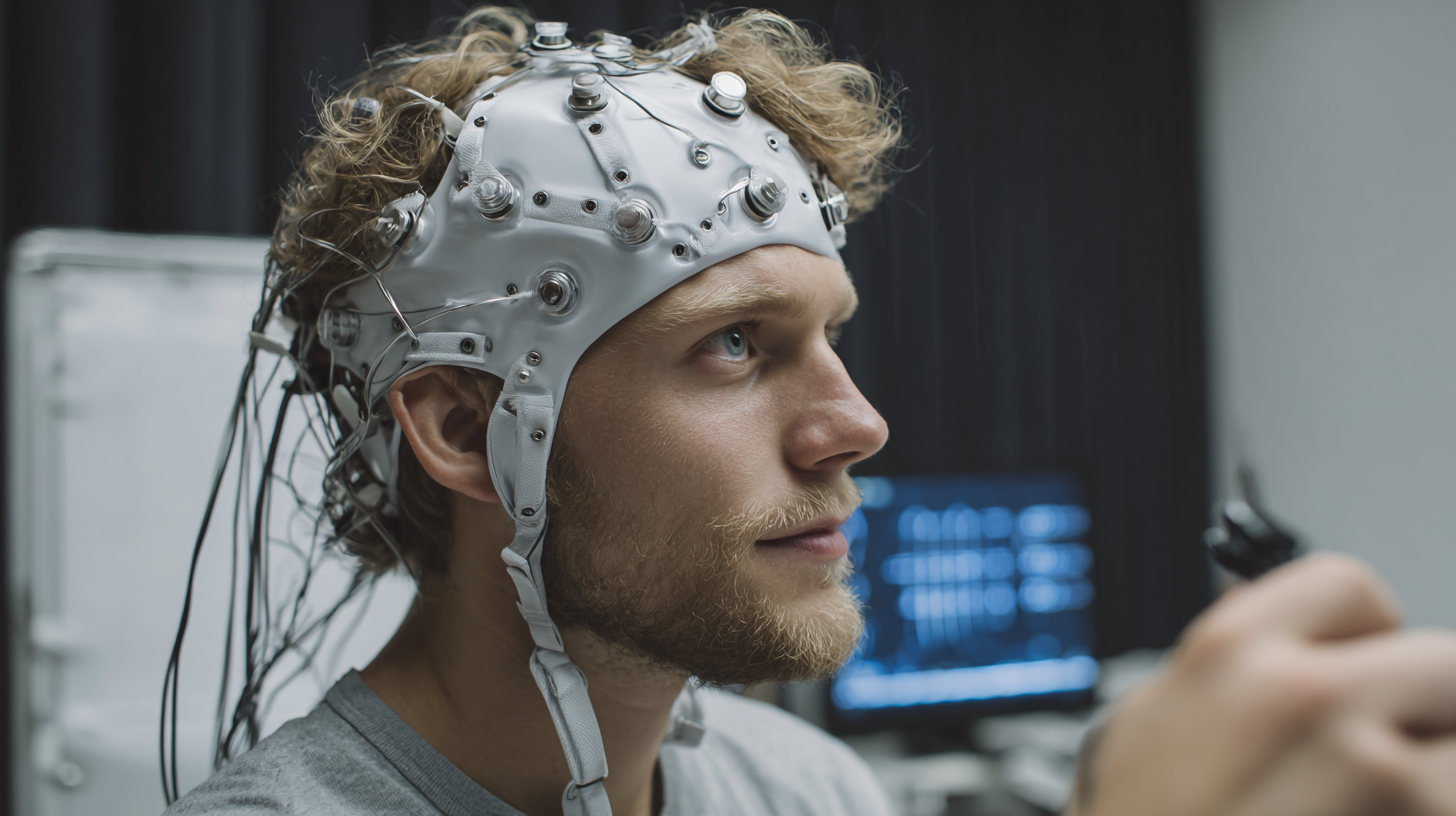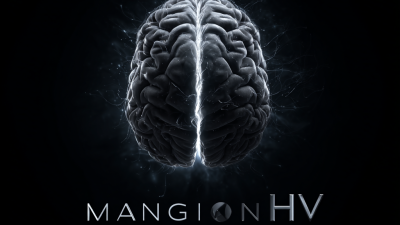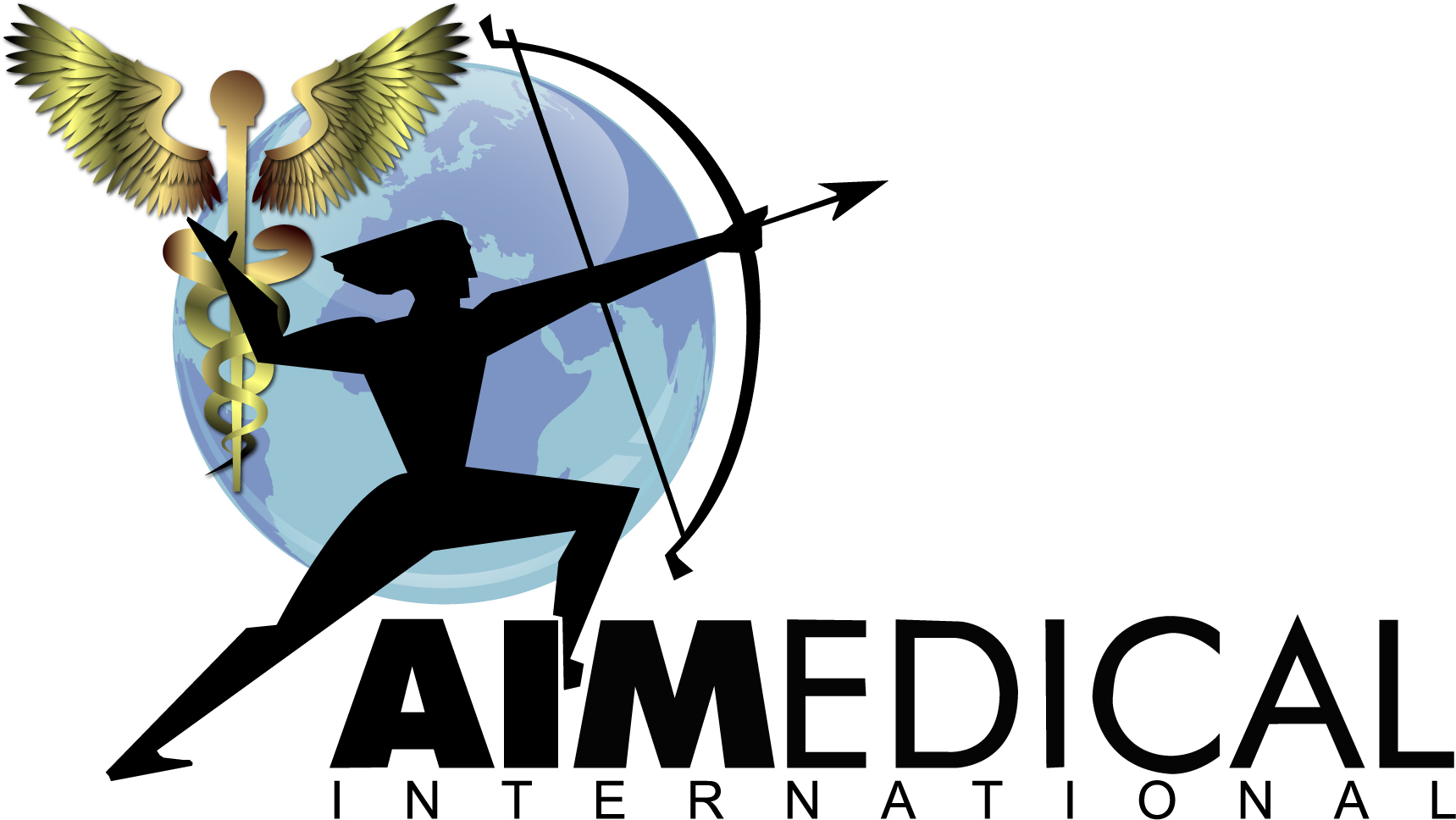Exploring the Potential of Non Invasive Brain Stimulation for Enhancing Cognitive Function and Mental Health
 In recent years, the field of neuroscience has witnessed significant advancements in the development and application of
Non Invasive Brain Stimulation (NIBS) techniques, which have shown promise in enhancing cognitive function and improving mental health.
According to a report by the National Institutes of Health, approximately
1 in 5 adults in the U.S. experience mental illness each year, highlighting an urgent need for effective intervention strategies.
NIBS methods, such as
Transcranial Magnetic Stimulation (TMS) and
Transcranial Direct Current Stimulation (tDCS), have garnered attention due to their ability to modulate neuronal activity without the need for invasive procedures.
Emerging studies indicate that NIBS can lead to improvements in various cognitive domains, including
memory, attention, and executive function, offering a non-pharmacological alternative for treating conditions like
depression and anxiety. As the demand for innovative mental health solutions grows, exploring the
full potential of NIBS is becoming increasingly vital in both clinical and therapeutic settings.
In recent years, the field of neuroscience has witnessed significant advancements in the development and application of
Non Invasive Brain Stimulation (NIBS) techniques, which have shown promise in enhancing cognitive function and improving mental health.
According to a report by the National Institutes of Health, approximately
1 in 5 adults in the U.S. experience mental illness each year, highlighting an urgent need for effective intervention strategies.
NIBS methods, such as
Transcranial Magnetic Stimulation (TMS) and
Transcranial Direct Current Stimulation (tDCS), have garnered attention due to their ability to modulate neuronal activity without the need for invasive procedures.
Emerging studies indicate that NIBS can lead to improvements in various cognitive domains, including
memory, attention, and executive function, offering a non-pharmacological alternative for treating conditions like
depression and anxiety. As the demand for innovative mental health solutions grows, exploring the
full potential of NIBS is becoming increasingly vital in both clinical and therapeutic settings.
Exploring the Mechanisms of Non-Invasive Brain Stimulation Techniques for Cognitive Improvement
The potential of non-invasive brain stimulation (NIBS) techniques, such as transcranial magnetic stimulation (TMS) and transcranial direct current stimulation (tDCS), has garnered significant interest in enhancing cognitive function and promoting mental health. As the market for TMS devices is projected to reach $156.43 million by 2025 and soar to $388.14 million by 2033, it underscores the growing recognition of NIBS as a viable intervention for various cognitive impairments and mental health disorders. These innovative techniques are designed to modulate neural activity, promoting neuroplasticity and potentially leading to improved cognitive outcomes.

Recent studies have illuminated the underlying mechanisms by which NIBS enhances cognitive abilities. For instance, individualized gamma frequency auditory stimulation has shown promise in enhancing cognitive function by targeting specific neuronal frequency patterns in healthy adults. Techniques like these aim not only to activate certain brain regions but also to optimize the overall functioning of the central nervous system. Moreover, research has indicated that improving cerebrospinal fluid dynamics through non-invasive stimulation can enhance waste clearance in the brain, further supporting the neural health necessary for robust cognitive performance. As the field continues to evolve, the applications of NIBS techniques are becoming increasingly diverse, paving the way for new therapeutic strategies in cognitive enhancement and mental well-being.
Analyzing the Efficacy of tDCS and TMS in Treating Mental Health Disorders
Recent advancements in non-invasive brain stimulation (NIBS) techniques such as transcranial magnetic stimulation (TMS) and transcranial direct current stimulation (tDCS) have sparked considerable interest in their potential to enhance cognitive function and tackle mental health disorders. Meta-analyses highlight the efficacy of these methods in various settings, underscoring their ability to improve cognitive performance in conditions such as depression and anxiety. For instance, research demonstrates that combining NIBS with antidepressants in adolescents significantly alleviates depressive symptoms while maintaining high safety standards.
Tips: If you are considering non-invasive brain stimulation, consult with a healthcare professional to discuss its suitability for your condition. Additionally, staying informed about clinical studies can help you understand the latest developments and efficacy of these techniques.
Furthermore, evidence suggests that tDCS has promising effects on treating disorders like PTSD and obsessive-compulsive disorder. These approaches offer new avenues for individuals who have not responded well to traditional therapies. Future research will undoubtedly continue to unveil the mechanisms behind these therapies, expanding our understanding of their role in mental health treatment.
Tips: Follow up with your treatment team to track progress and discuss any changes in your symptoms after undergoing NIBS therapies. Engaging in supportive communities or forums can also provide valuable insights and encouragement during your treatment journey.
Exploring the Potential of Non Invasive Brain Stimulation for Enhancing Cognitive Function and Mental Health
| Method | Mechanism | Application | Efficacy Rate (%) | Main Findings |
|---|---|---|---|---|
| tDCS | Modulates neuronal excitability by applying a weak electrical current. | Enhancing cognitive performance, reducing depression. | 60-75% | Improved memory and attention in various studies. |
| TMS | Uses magnetic fields to stimulate nerve cells in the brain. | Treating major depressive disorder and anxiety. | 50-70% | Effective in reducing symptoms of depression and anxiety. |
| Combined approach | Integrates tDCS and TMS for synergistic effects. | Cognitive rehabilitation and mood enhancement. | 70-85% | Significant improvements in cognitive and emotional metrics. |
Utilizing Brain Plasticity: The Role of Non-Invasive Stimulation in Cognitive Rehabilitation
Non-invasive brain stimulation (NIBS) has emerged as a promising approach for cognitive rehabilitation, leveraging the brain's inherent plasticity. This method includes techniques like transcranial magnetic stimulation (TMS) and transcranial direct current stimulation (tDCS), which have shown potential in reshaping neural pathways. By applying targeted electrical or magnetic fields, NIBS can enhance synaptic connectivity, facilitating improved motor skills, memory, and overall cognitive functioning. This adaptability of the brain opens new avenues for people recovering from strokes, traumatic brain injuries, or age-related cognitive decline.
Moreover, the role of NIBS in mental health is becoming increasingly clear. Studies indicate that stimulating specific regions of the brain can alleviate symptoms of depression, anxiety, and other mood disorders. By promoting neuroplasticity and encouraging the growth of new neurons, non-invasive techniques not only offer immediate therapeutic benefits but also contribute to long-lasting changes within the brain. As researchers continue to explore the intricacies of brain stimulation, the integration of NIBS into standard therapeutic protocols could revolutionize cognitive rehabilitation practices, making them more effective and accessible for a wide range of individuals.
Evaluating the Long-Term Benefits of Non-Invasive Brain Stimulation on Memory and Attention
Non-invasive brain stimulation (NIBS) techniques, such as transcranial magnetic stimulation (TMS) and transcranial direct current stimulation (tDCS), have shown promise in enhancing cognitive function, particularly in memory and attention. These methods involve applying electrical or magnetic fields to the scalp, promoting neuroplasticity and facilitating synaptic activity. Recent studies suggest that through repeated sessions, individuals can experience significant improvements in their cognitive capabilities, leading to better learning outcomes and enhanced focus.
The long-term benefits of NIBS on cognitive functions like memory and attention are becoming increasingly evident as research progresses. Longitudinal studies have indicated that participants exhibiting enhanced cognitive performance after NIBS interventions can maintain these improvements over extended periods. This sustained impact may result from the brain's ability to adapt and reorganize after stimulation, highlighting NIBS as a viable therapeutic strategy for individuals suffering from cognitive deficits associated with aging, depression, or neurodegenerative diseases. Future research will help determine optimal protocols and long-term outcomes, further solidifying the role of non-invasive brain stimulation in cognitive enhancement and mental health improvement.
Understanding the Safety Profiles and Limitations of Non-Invasive Brain Stimulation Methods
Non-invasive brain stimulation (NIBS) has emerged as a promising tool for enhancing cognitive function and addressing mental health issues. Techniques such as transcranial magnetic stimulation (TMS) and transcranial direct current stimulation (tDCS) have gained interest due to their ability to modulate neural activity without the need for surgical intervention. However, understanding their safety profiles is crucial for both researchers and potential patients. While NIBS is generally considered safe, it is imperative to recognize that adverse effects, though rare, can occur. These may include headaches, localized discomfort, and, in some cases, transient changes in mood or cognition.
Moreover, the limitations of NIBS methods must be diligently examined. Factors such as individual variability in brain anatomy, the need for precise targeting of stimulation sites, and the duration and intensity of sessions can influence outcomes. Furthermore, the long-term effects of repeated stimulation sessions remain largely unknown, necessitating ongoing research to comprehensively assess the risks involved. As the field advances, it will be essential to balance the potential cognitive and mental health benefits of NIBS with these considerations, ensuring that safe and effective protocols are established for diverse populations.

Related Posts
-

Ultimate Checklist for Non Invasive Brain Stimulation Techniques You Shouldn't Miss
-

Innovative Applications of Best Magnetic Brain Stimulation in Modern Therapy
-

What Sets Transmagnetic Brain Stimulation Apart in Modern Neuroscience
-

Innovative Approaches for Enhancing Wellness with Magnetic Stimulation Machines
-

How to Choose the Right Magnetic Stimulation Machine for Your Needs
-

Essential Checklist for Choosing Transmagnetic Brain Stimulation Devices with Key Industry Data
